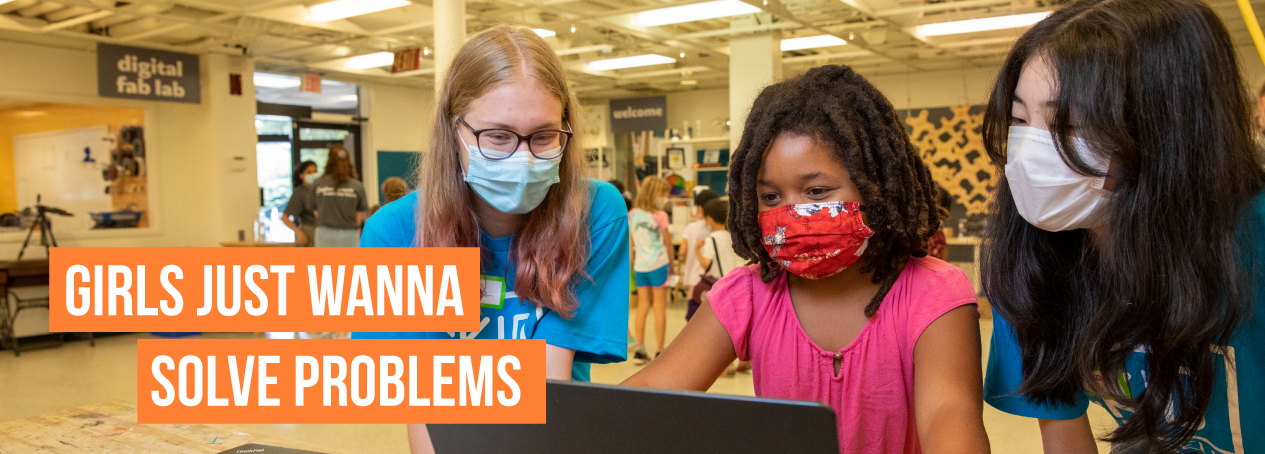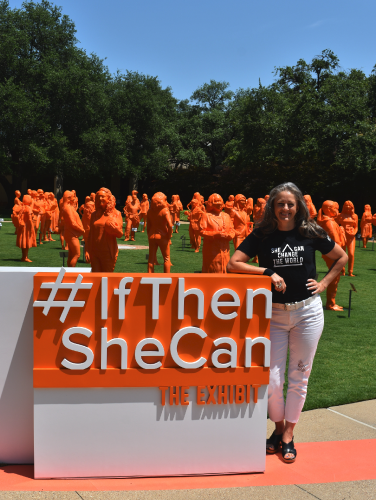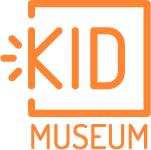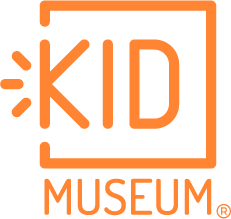
Dr. Cori Lathan, neuroscientist, biomedical engineer, inventor, entrepreneur, educator, and long-time KID Museum Board Member discusses the importance of women in STEM, and what it means to be a role model in a male-dominated field.
______
When I was a graduate student, I came across this quote by sociologist Myra Sadker: “If the cure for cancer was in the mind of a girl, we might never discover it.” That really hit home for me. Up until then, I was okay with being one of the only women in my STEM classes. But after that, I realized that I needed to be part of the solution — not just as a woman in STEM, but as a role model.
I was lucky; my mother was in STEM at a time when not a lot of women were, and having a role model correlates strongly for girls in STEM. So I started a program called Keys to Empowering Youth while I was still a graduate student at MIT. We would bring middle school girls to campus to do hands-on activities with the female grad students in their various labs. This program is still running, twenty years later.
Creating role models for girls is also the focus of the Lyda Hill IF/THEN Ambassador program, an initiative that strives to inspire girls to pursue careers in STEM. I’m one of 120 ambassadors that represent a vast range of ages, ethnicities, and STEM fields. The IF/THEN tagline is “IF we support a woman in STEM, THEN she can change the world” — much like the Myra Sadker quote that shifted my own trajectory.
 Everyone should be enabled to go into whatever field they want. Sometimes, though, they may not even realize that they want it. Girls are not necessarily encouraged to pursue STEM — even today. It’s not that they aren’t capable: we know that girls perform equally if not better than boys in STEM academics throughout elementary and middle school. There is a measurable loss of confidence in high school, but that’s not the only culprit. For years, the STEM courses offered in schools were particularly dry; they were more about the tools than the problems. Now that we have biomedical and environmental engineering being offered, we have more girls in these fields — girls want to solve problems!
Everyone should be enabled to go into whatever field they want. Sometimes, though, they may not even realize that they want it. Girls are not necessarily encouraged to pursue STEM — even today. It’s not that they aren’t capable: we know that girls perform equally if not better than boys in STEM academics throughout elementary and middle school. There is a measurable loss of confidence in high school, but that’s not the only culprit. For years, the STEM courses offered in schools were particularly dry; they were more about the tools than the problems. Now that we have biomedical and environmental engineering being offered, we have more girls in these fields — girls want to solve problems!
Invention as a creative process is no different from creating a piece of art or music. Creativity is creativity. If we foster creativity in any form, then when students are presented with new problems, they will recognize it as a problem they can solve. They will have the “maker muscle.” We can train this maker muscle just like we train any muscle — the more you use it, the stronger you become.
Maker education is a great jumping off point because it’s accessible to all kids. If they want to work with textiles or if they want to build robots, we meet them where they are and help them exercise that maker muscle. These are the skills — confidence, persistence, creativity — that they will need to change the world.
Each of us has a story, and our lived experience affects how we interact with technology and the problems we see. That’s why it’s so important to bring different perspectives — of all kinds — to the table to solve those problems together. Diversity fuels innovation, and makes the world better for us all.

